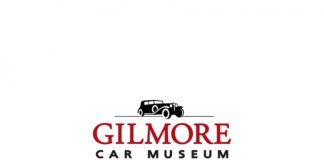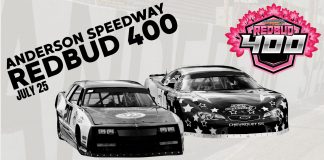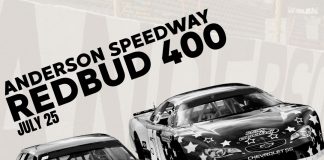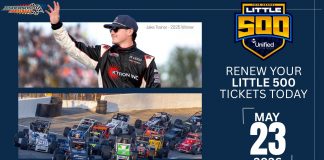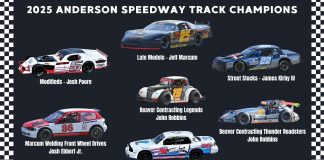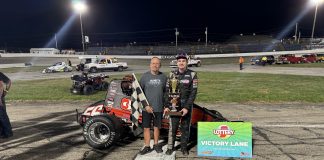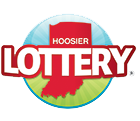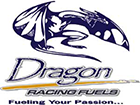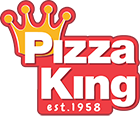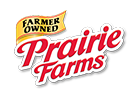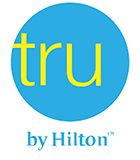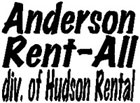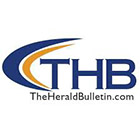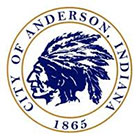
Saturday, May 23, 2026
Race day fans will see all 33 non-wing sprint cars on track at 4:30pm for a brief warm up session before they are gridded on the front stretch. A full field autograph session will take place at 5:30pm and driver introductions will take place at 7:15pm, before the drop of the green flag. 33 sprint cars in eleven rows of three will take the green flag at 8:00pm. 500 laps will be contested with a minimum of two pits stops taking place. The 76th Annual Little 500 will pay over $137,000.
RESERVED SEATS: All Seats are assigned seating and $45 per ticket. You can purchase tickets by calling (765) 642-0206 ex. 121 or at the main ticket office located at Anderson Speedway, Monday through Friday from 10am until 4pm or purchase anytime online Click Here.
PIT PASS: Pit Passes will NOT be sold in advance of the event. You can purchase pit passes at the pit office located on the east end of the property. A pit pass does not guarantee you access to the lower pits (infield of racetrack). The pass will admit you access to viewing areas throughout the track but does not guarantee you a seat in the grandstand area. Race Day Pit Pass is $50.
Ages 13 and under are not permitted to the pit area. Ages 14 to 17 will need to fill out a minor waiver form with legal parent or guardian at the pit office.
2026 Schedule of Events
- Wednesday, May 20
- Thursday, May 21
- Friday, May 22
- Saturday, May 23
2026 Event Information
- TICKETS
- SEATING CHART
- 2026 LITTLE 500 ENTRY FORM
- 2026 TIRE SPECIFICATIONS
- 2026 OFFICIAL ENTRY LIST
Little 500 Race History
How It All Began… The quarter-mile Anderson Speedway was built in 1948 by legendary promoter Joe Helpling and a large group of men working for 25 cents per hour. Although Helpling had planned on constructing a bowling alley and recreation center on his 32 acre tract at 29th street and Pendleton Avenue, two Anderson city councilmen suggested that he instead consider building a racetrack. Helpling had never seen a race of any type, so he traveled to Armscamp Speedway in Alexandria and 16th Street Speedway in Indianapolis (Both tracks are no longer in existence) to get some ideas.
After those visits, the decision was made: it was racing. In 1948, Sun Valley Speedway (as it was originally known) officially opened for competition. The Roaring Roadsters and AAA Midgets were the most popular programs, so Helpling decided to present an idea to members of the Mutual Racing Association, which was the sanctioning body for the Roadsters during that period. A press conference was held in early 1949 at the old Anderson Hotel, where Helpling unveiled his idea to start 33 roadster in a 500-lap event. Everybody scoffed and said that it would never work. Pressure was put on Helpling to reduce the race length to 200 or 300 laps, because it would probably cost $800 per car for tires and no car would finish. “Then we’ll run bicycles,” Helpling said.” Because we’re gonna have a Little 500 and that’s the way it’s gonna be.” In the inaugural event, to the surprise of most, 18 roadsters finished, five of which did not even make a pit stop. Sam Skinner won that event, with Bob Block finishing second and Tom Cherry filling out the podium finishers.

